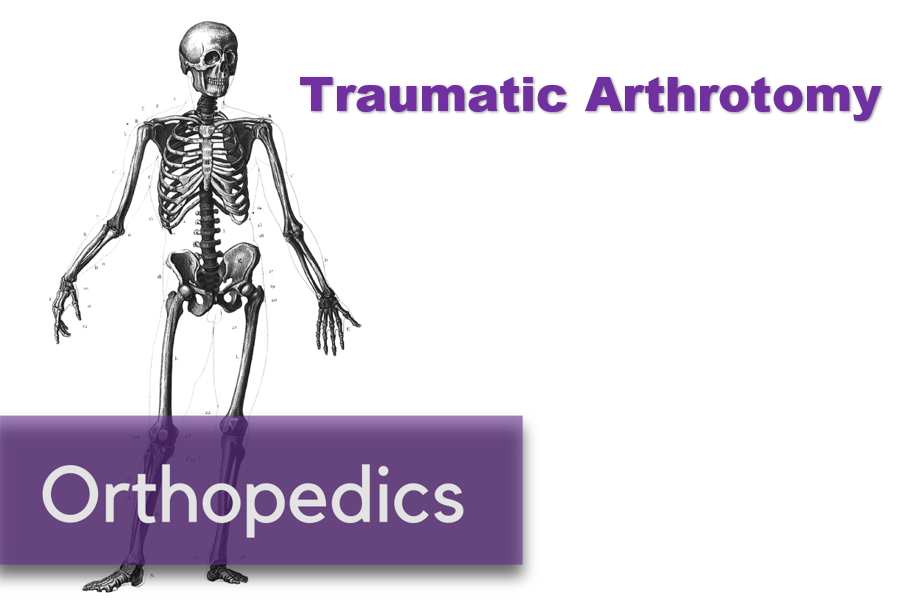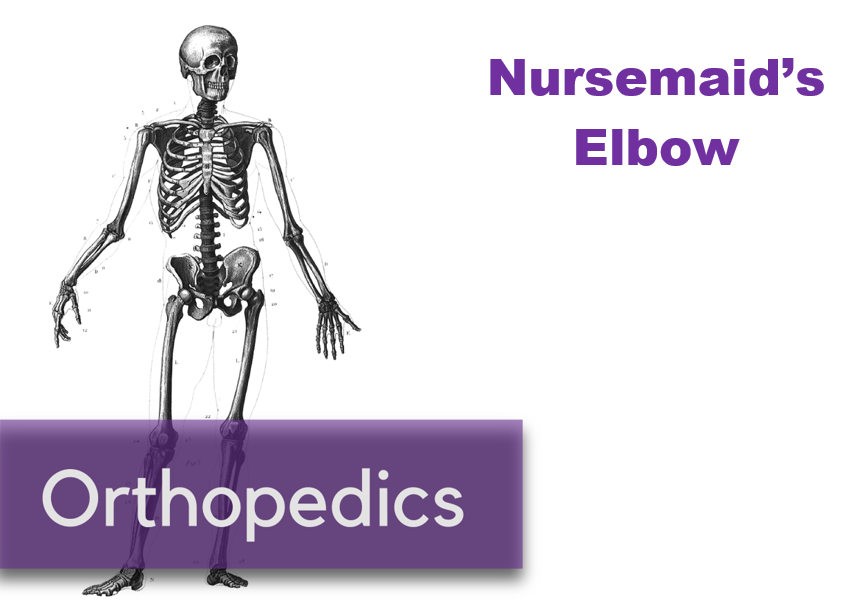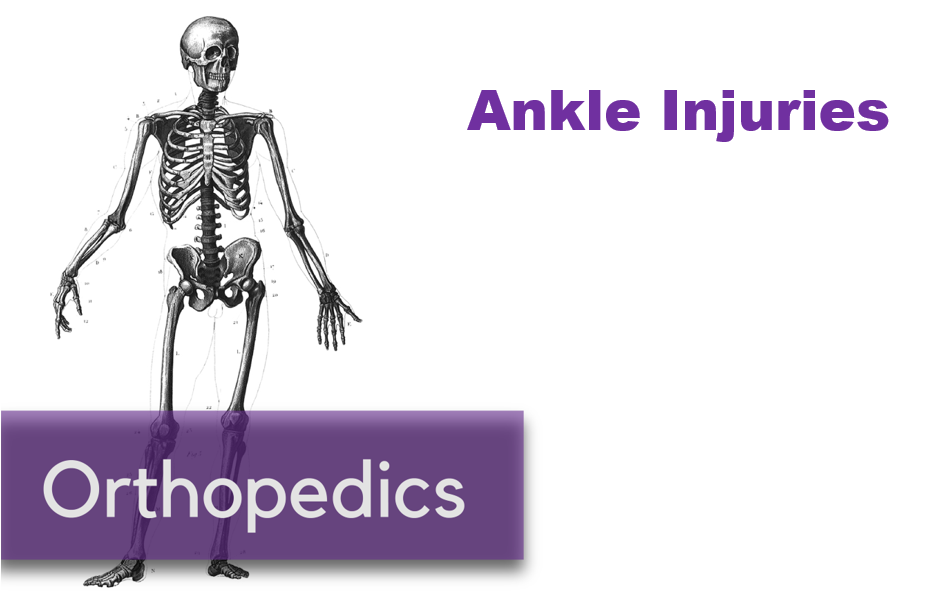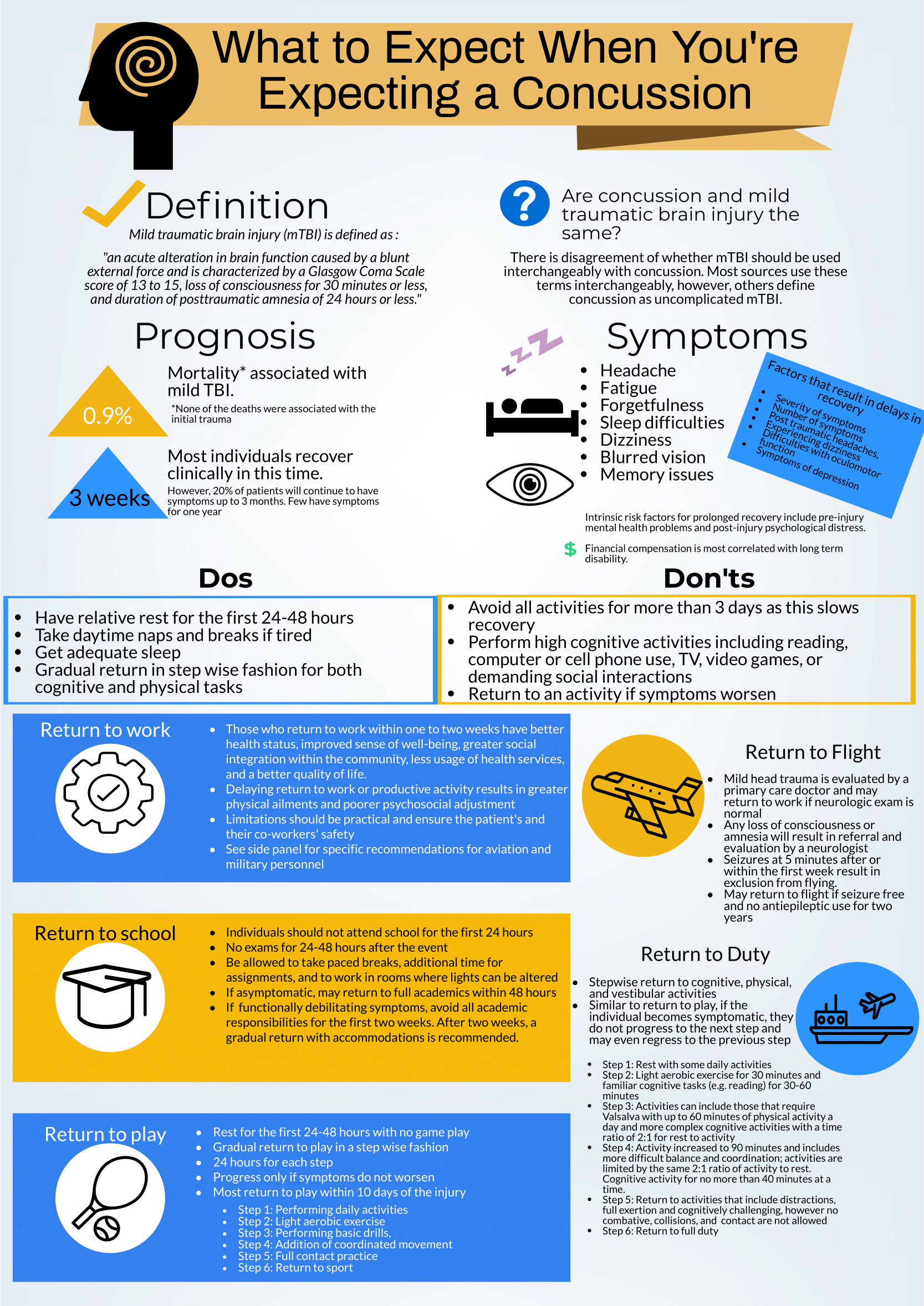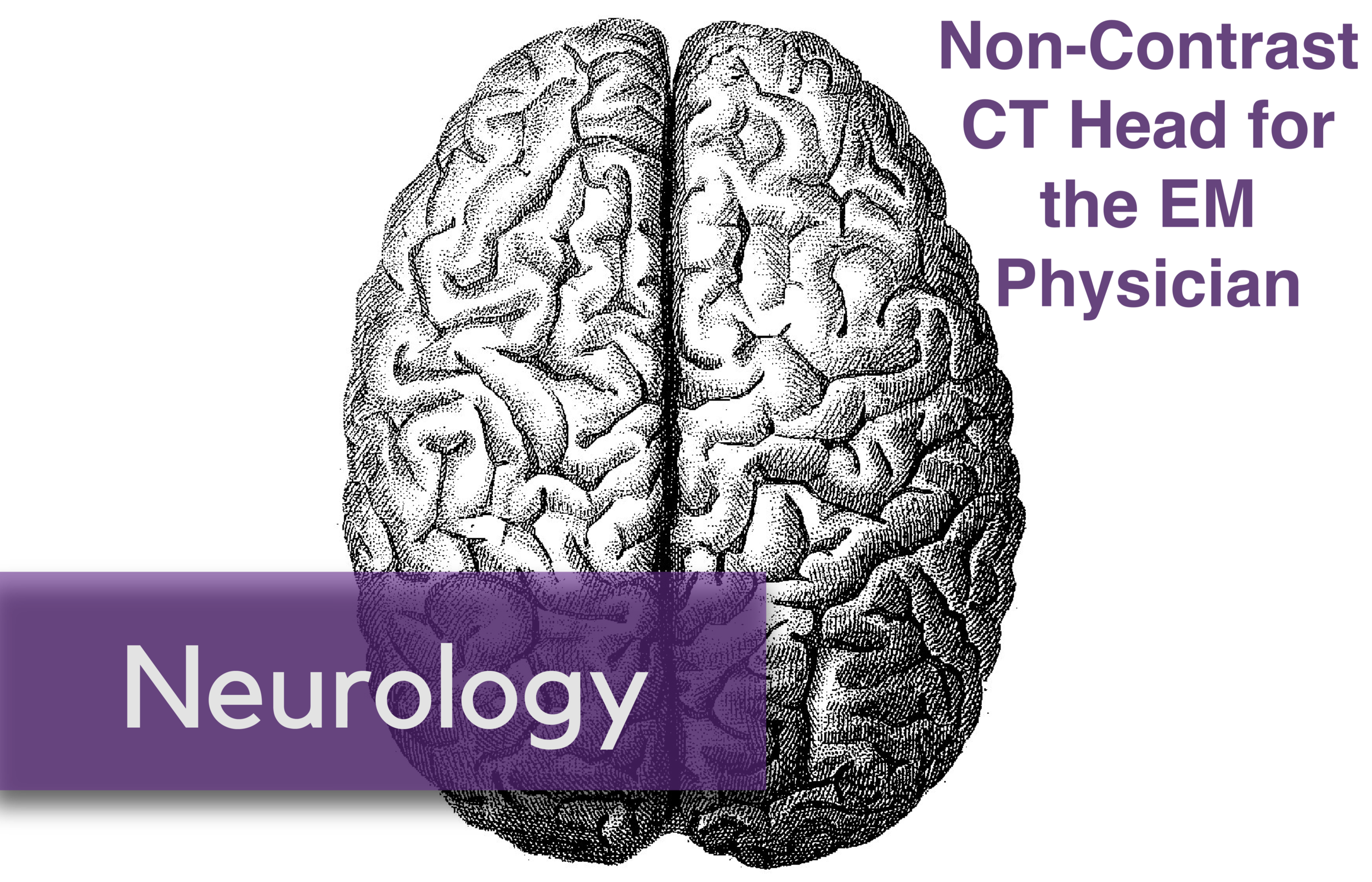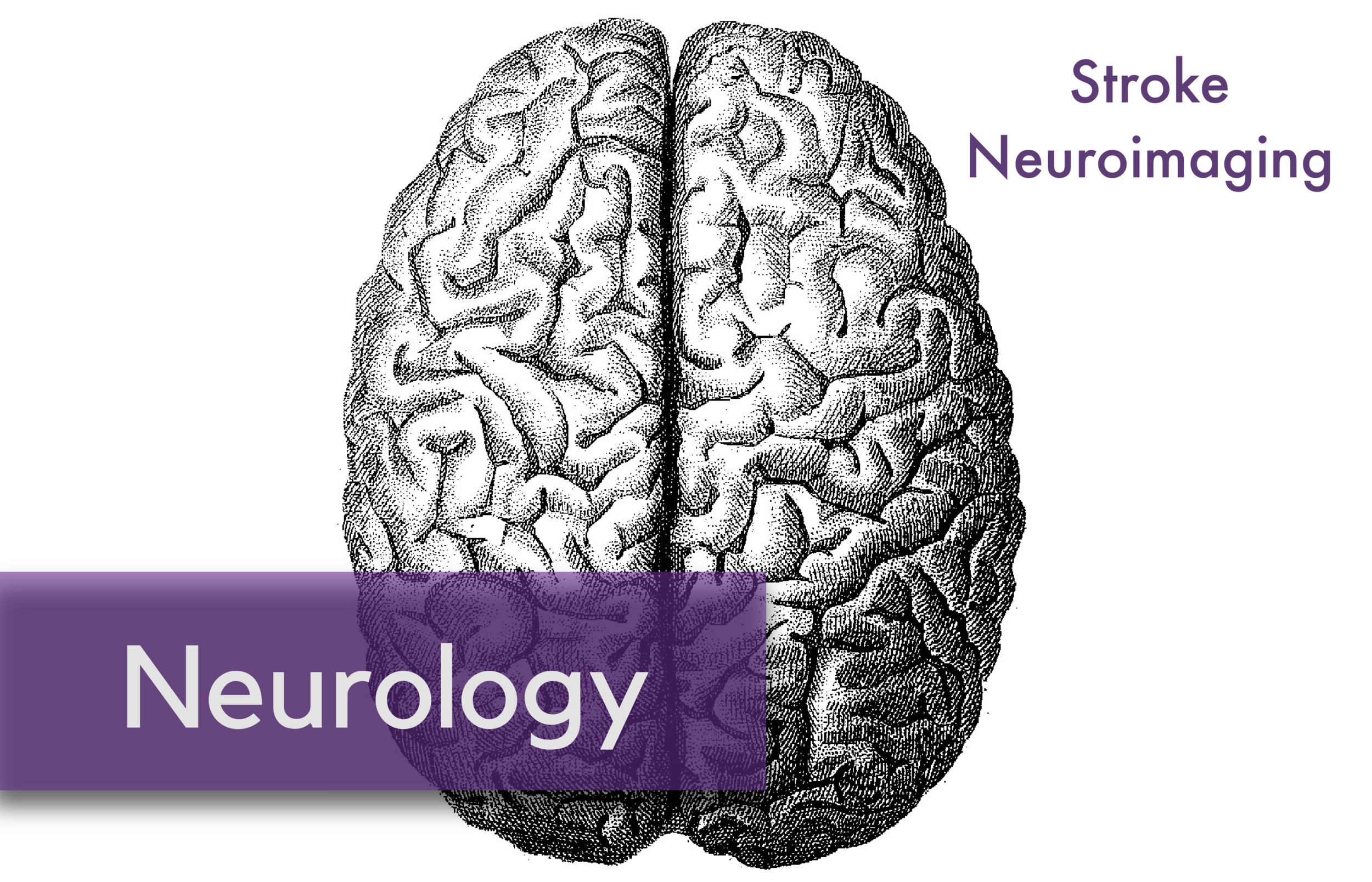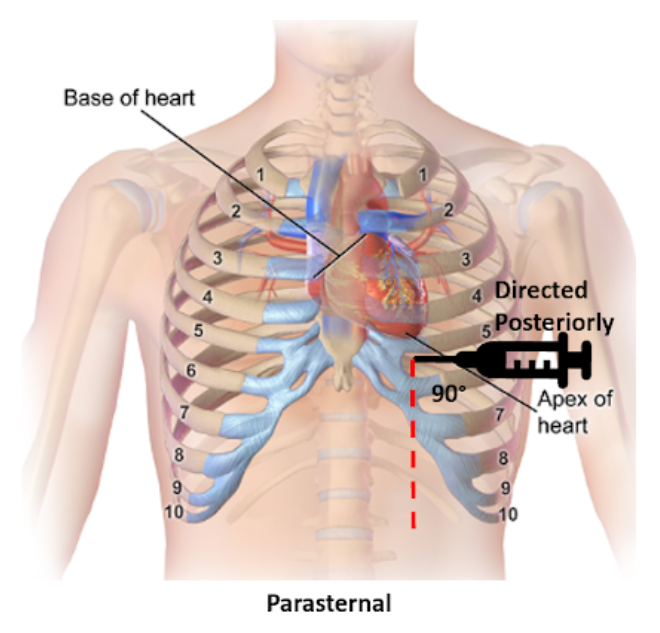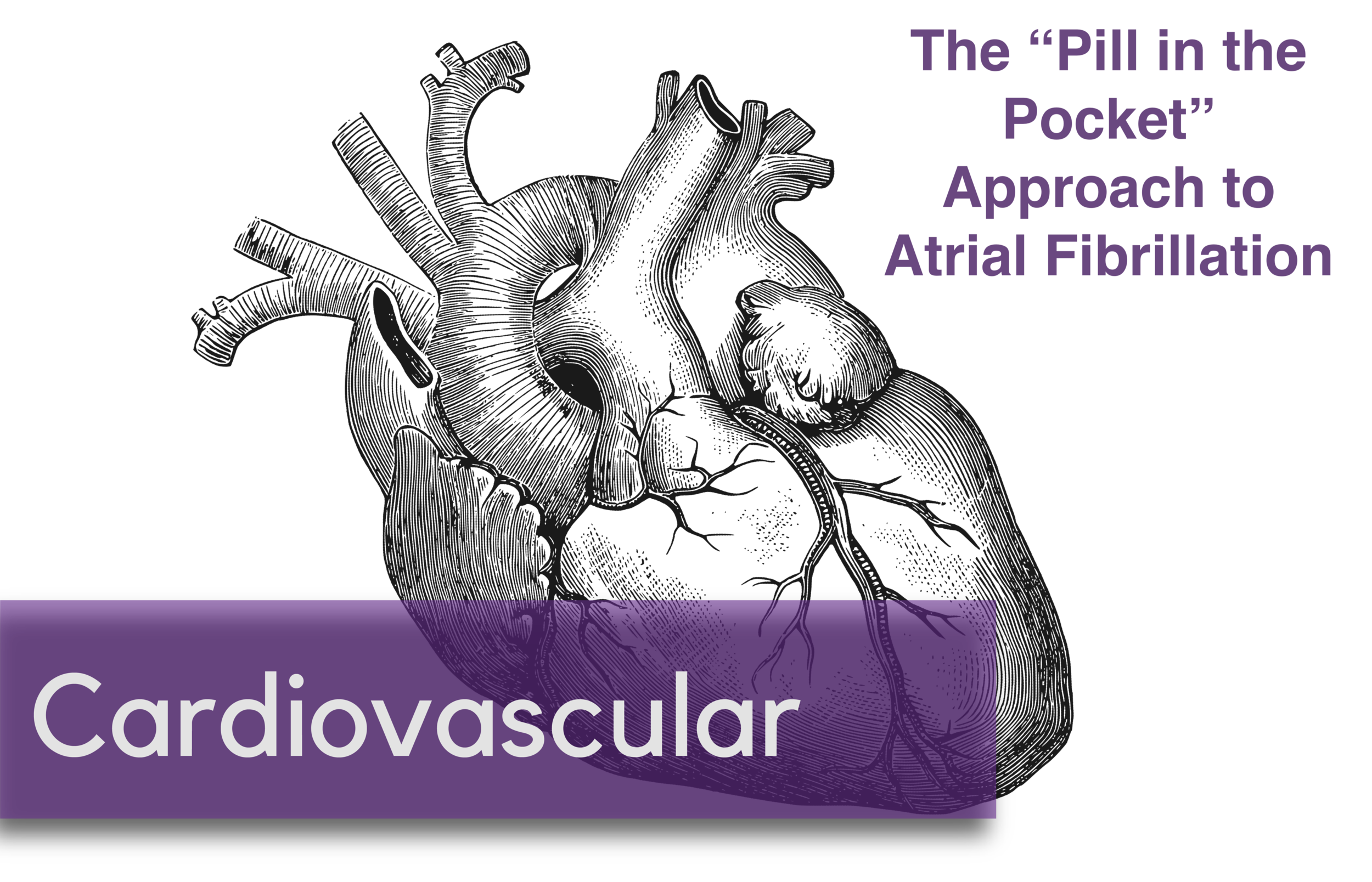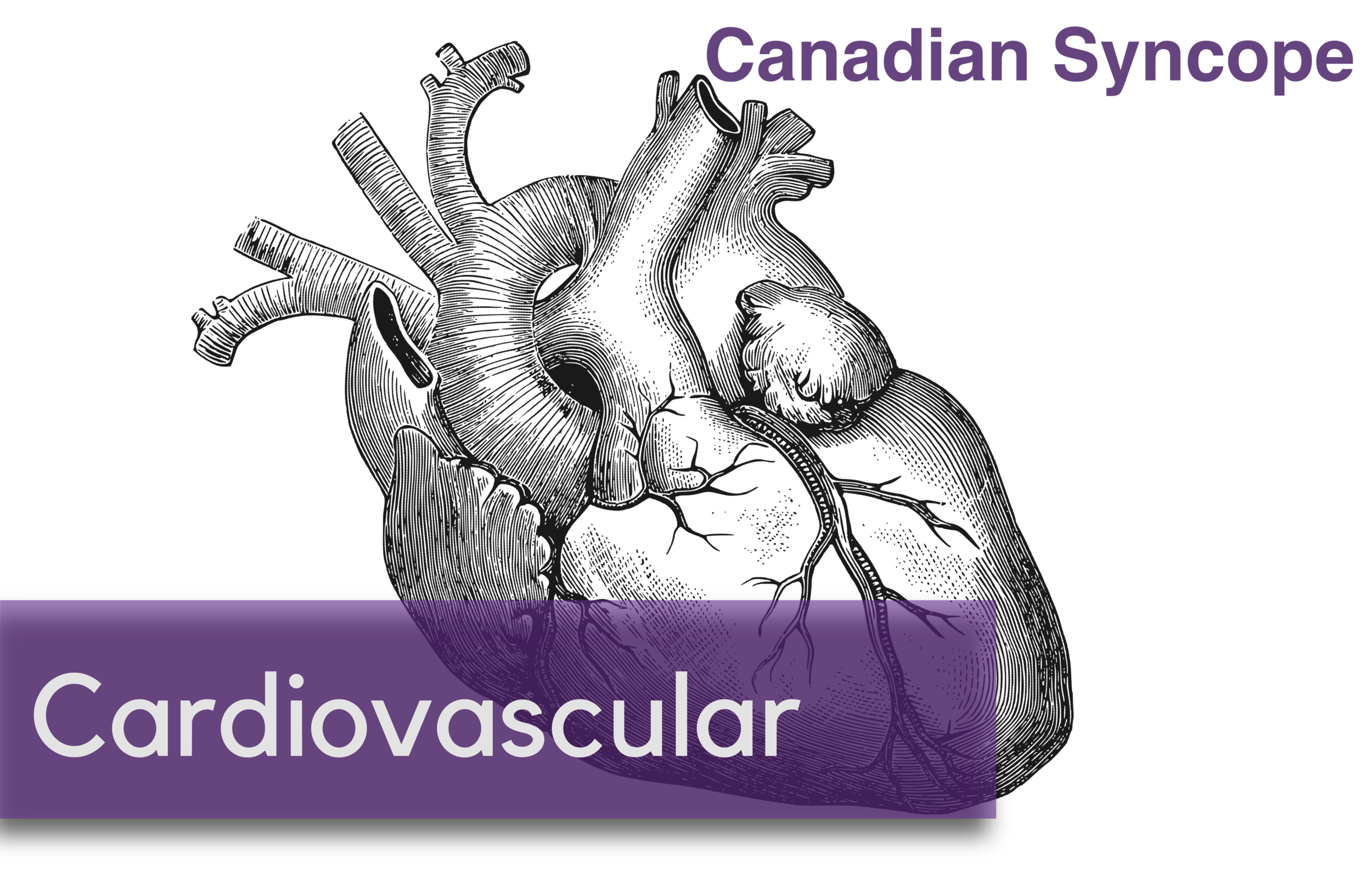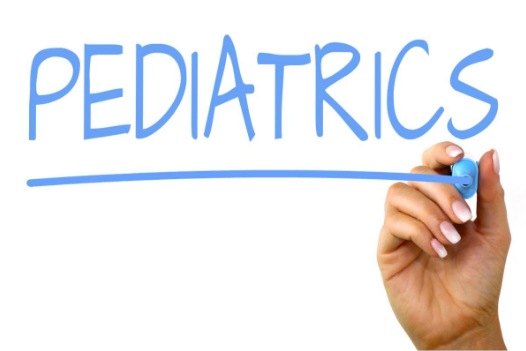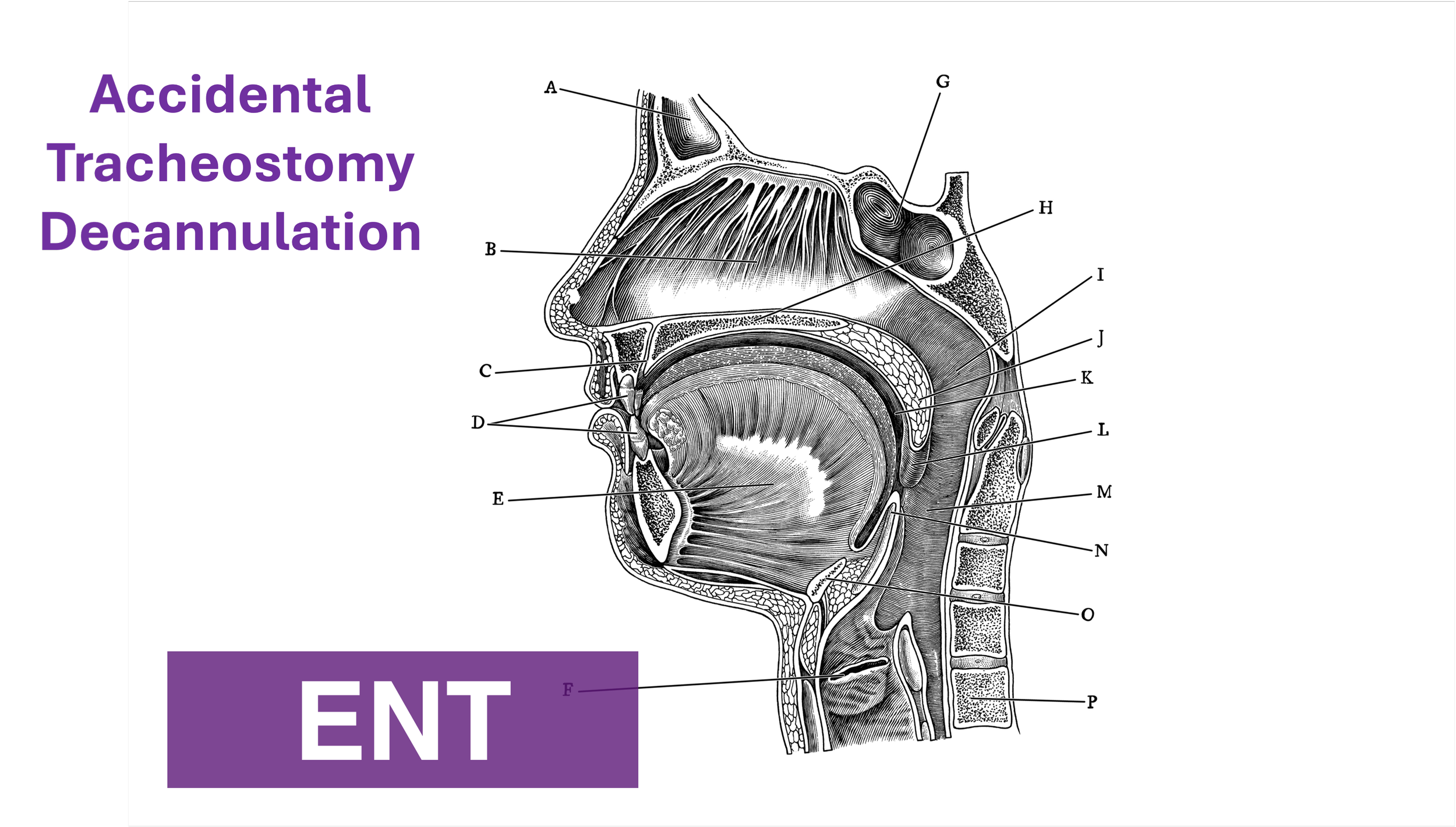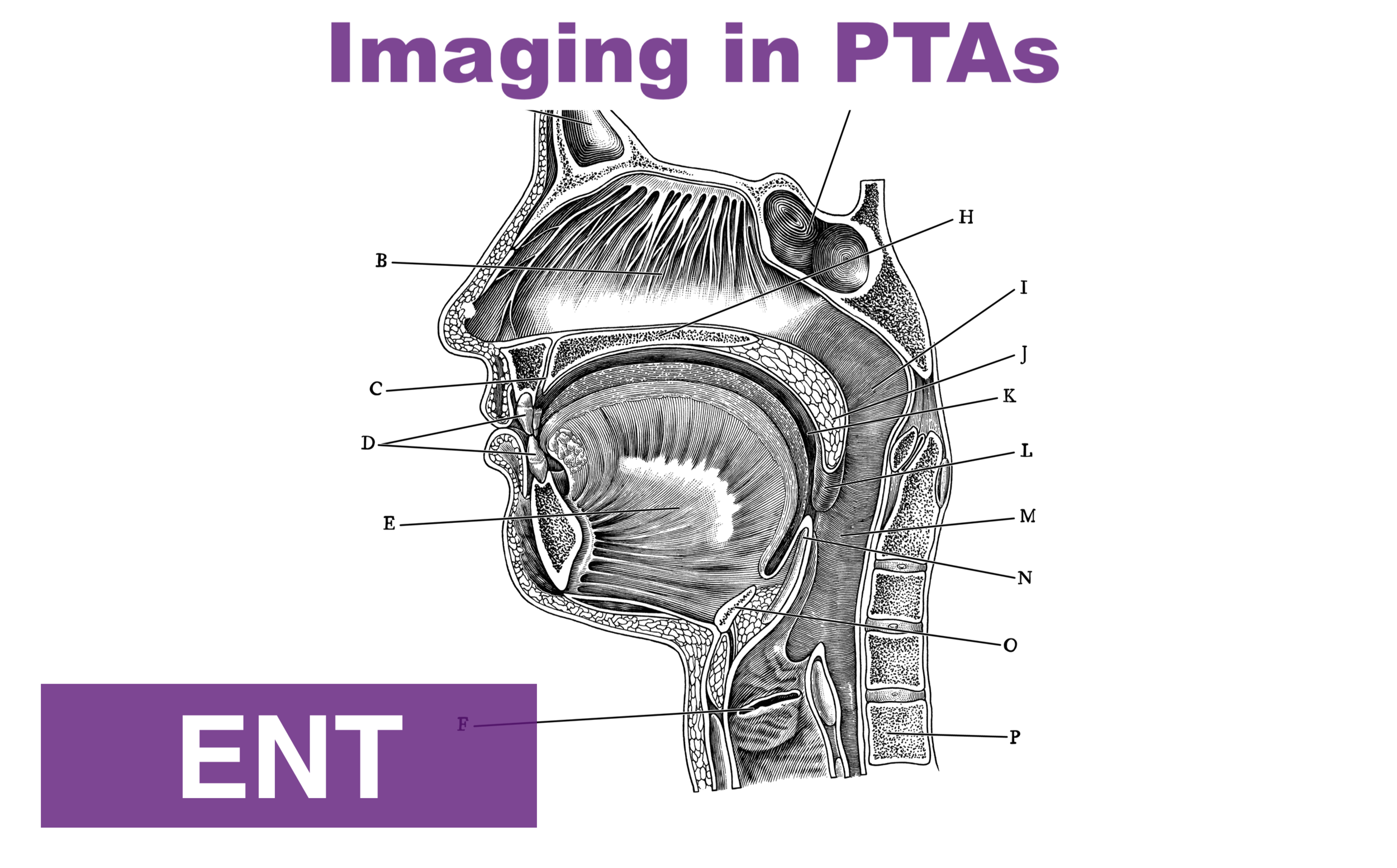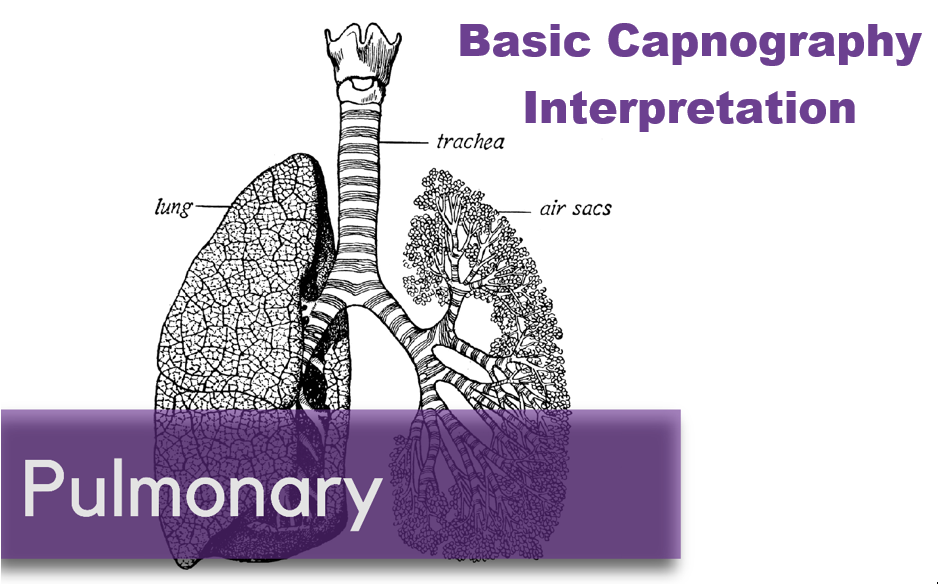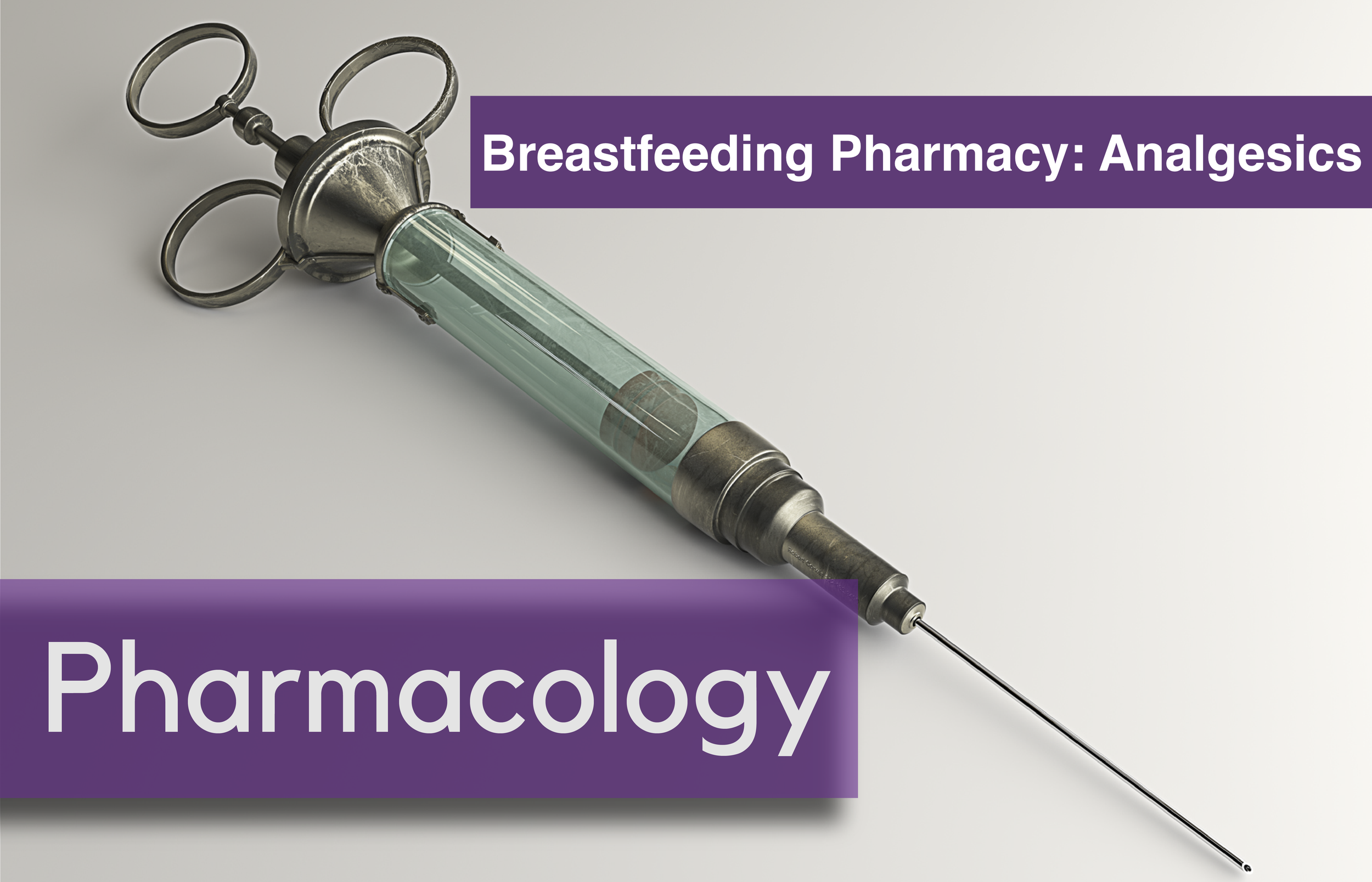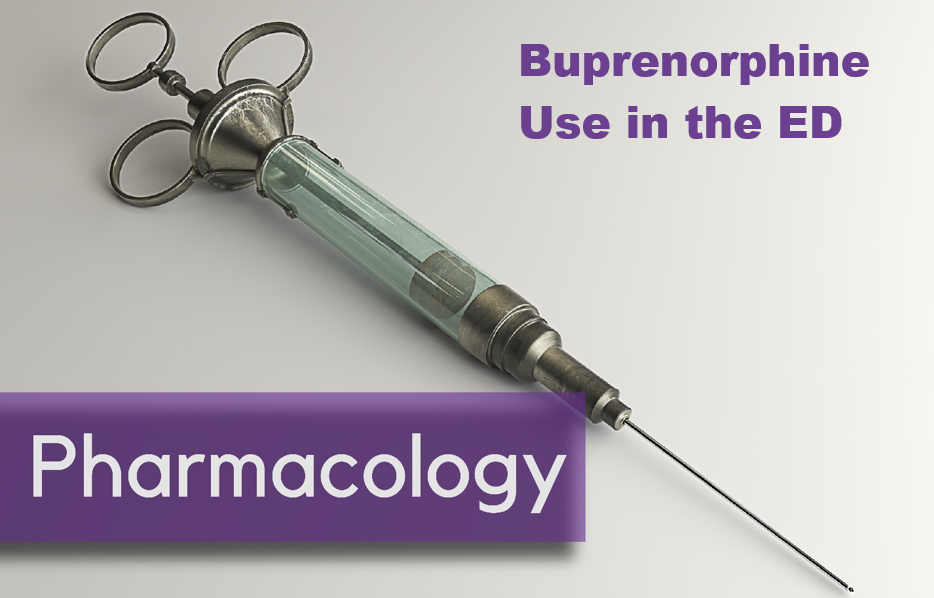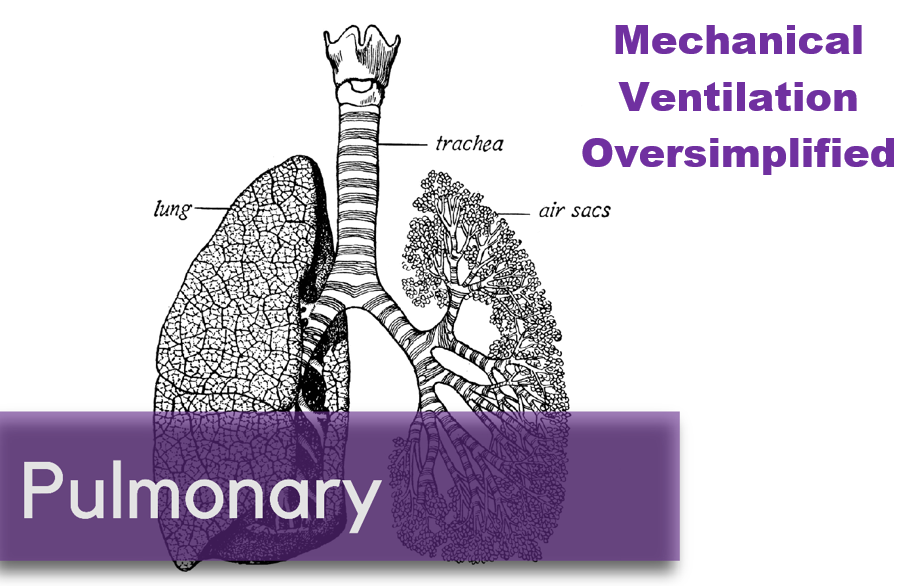Congratulations to all of the authors with the most popular posts of 2020! Here is the 2020 rundown:
1. Oral Nerve Blocks (5,904 views)
The most popular post of 2020 is this useful review of oral nerve blocks by Vytas Karalius, 2019 grad Andrew Cunningham, and Cincinnati faculty Jeff Hill - a great tool that can help make some of the most frustrating ED cases much better for everyone involved. Special note that this is part III in the Nerve Blocks of the Head & Neck series - all of which are in the top 10.
Take home point:
For oral nerve blocks, use bupivacaine with epinephrine when available. Oral/dental pain can be immensely painful and compromise a patient’s quality of life. The longer you can provide pain relief until they receive definitive care, the better off they will be.
2. Clinical Question: are we impeding our patients’ fracture healing by giving them NSAIDs? (3,851 views)
No clear answer but a strong discussion of the available evidence in this physiology vs outcomes-based data question by Andra Farcas, 2019 grad Jessica Bode, and local EM trauma guru Matthew Levine.
Take home point:
The evidence isn’t slam-dunk in either direction on whether using NSAIDs impedes the fracture healing process. My takeaway: if my patients have no other contraindications to using NSAIDs and if their pain is well-controlled with said medication, then I’m going to advise they can use it for a short term and advise them to seek medical attention if they’re still needing to use NSADs regularly a few weeks out.
3. Little Lungs, Little Differences: Initiating Emergency Department Mechanical Ventilation in the Pediatric Patient (2,573 views)
Kids aren’t little adults but their lungs are little; Matt McCauley, 2019 grad and current NorthShore attending Jacob Stelter, and Lurie PICU attending Katie Wolfe review on mechanically ventilating kids.
Take home point:
In choosing initial ventilator settings, the key is decision and reassessment. Most modes of ventilation will work in most children. However, careful attention to what support you’re providing your patient with and what the results of that support are, is vital.
4. Facial Nerve Blocks (1,380 views)
The first entry in the Nerve Blocks of the Head & Neck series by Vytas Karalius, 2019 grad & current faculty Aaron Quarles, and Boston Children’s attending Ashley Foster. In this post we review anesthetizing the face - a great tool for some terrible situations.
Take home point:
Viscous lidocaine should be used prior to oral nerve blocks – this will greatly increase the patients’ comfort, their ability to remain still, and ultimately, your success.
5. Occipital Nerve Block (1,210 views)
Andrew Rogers, 2019 grad and current faculty Aaron Quarles, and Montefiore EM headache expert Ben Friedman (COI: his brother was in my residency class) review one of my favorite nerve blocks, which I offer to any headache that could possibly be occipital neuralgia and am constantly impressed by how well it works.
Take home point:
Occipital nerve blocks using local anesthetics are particularly useful for occipital neuralgia or migraines. Remember to aspirate before injecting to ensure no blood or CSF is seen. Fanning while injecting will help to improve success with this procedure.
6. A Practical Approach to Abdominal Imaging (899 views)
Zach Schmitz, 2020 grad David Kaltman, and NU radiologist Samir Abboud review key questions in ED abdominal imaging.
Take home point:
When both appendicitis and kidney stone are reasonably high on the differential, CT with IV contrast is warranted as stones >3mm can often still be seen and missing an appendicitis could have worse repercussions for a patient than a small stone. When considering biliary pathology, right upper quandrant ultrasound should be the first line imaging and is much more sensitive than CT for seeing gallstones, though sensitivity for cholecystitis is somewhat limited for both forms of imaging. Finally, pelvic ultrasound is considered first line imaging for female pelvic pain, but when intra-abdominal and ovarian pathology are of equal concern, a CT with contrast may be appropriate.
7. The Timing of Antibiotics in Sepsis (526 views)
Jordan Maivelett, 2019 grad and current faculty Andrew Berg, and faculty/Lake Forest Hospital med director Tim Loftus dig into the data on time-to-antibiotics in sepsis, finding much less clarity than I expected.
Take home point
Early antibiotic initiating appears to improve mortality in sepsis and particularly in septic shock. However, not all patients meeting SIRS criteria are septic and some are sick from viral illness making it challenging to discern exactly when to start antibiotics. More data is needed to determine the right balance between early broad antibiotics and antibiotic stewardship.
8. ED Boarding (491 views)
Julian Richardson, 2020 grad and admin fellow Luke Neill, and Tim Loftus review the intractable issue of ED boarding. It’s a big problem with a lot of issues, and more than anything, it is not an ED problem but rather a systemic problem that creates symptoms in the ED.
Take home point:
This is a complex medical issue. The most important factor leading to ED boarding is a lack of access to inpatient beds and there are multiple strategies we implement to try to solve this problem (fast tracks, observation units, etc.). Simply expanding an emergency department capacity is not effective. Boarding leads to adverse patient outcomes. Fixing this will involve collaboration among ED physicians, other specialties, hospital leadership and executives.
9. Marathon: the Collapsed Athlete (409 views)
Zach Schmitz, Andrew Berg, and sports fellowship-trained Jake Stelter summarize how to approach the collapsed distance runner.
Take home point:
While a relatively healthy cohort, endurance events can lead to a variety of life threatening scenarios. For a pulseless collapsed patient, ACLS should be initiated. Remember that a patient collapsing during exercise is typically more serious than after. For altered or syncopal patients, checking an EKG, sodium, glucose, and temperature are important first steps to rule out deadly pathology.
10. D-dimer How To (385 views)
Pete Serina, Laurie Aluce, and Timothy Loftus review the lab everyone loves to hate.
Take home point:
There are multiple different d-dimer assays, know which one your institution uses! You can use the PERC rule in low risk patients to rule out PE, but remember this test has its own pitfalls. If the patient is not PERC negative, Well’s criteria or other clinical scores can next be utilized to risk stratify. A d-dimer is appropriate for moderate risk patients. Remember that other etiologies can result in an elevated d-dimer other than PE and d-dimer can be adjusted based on a patient’s age.












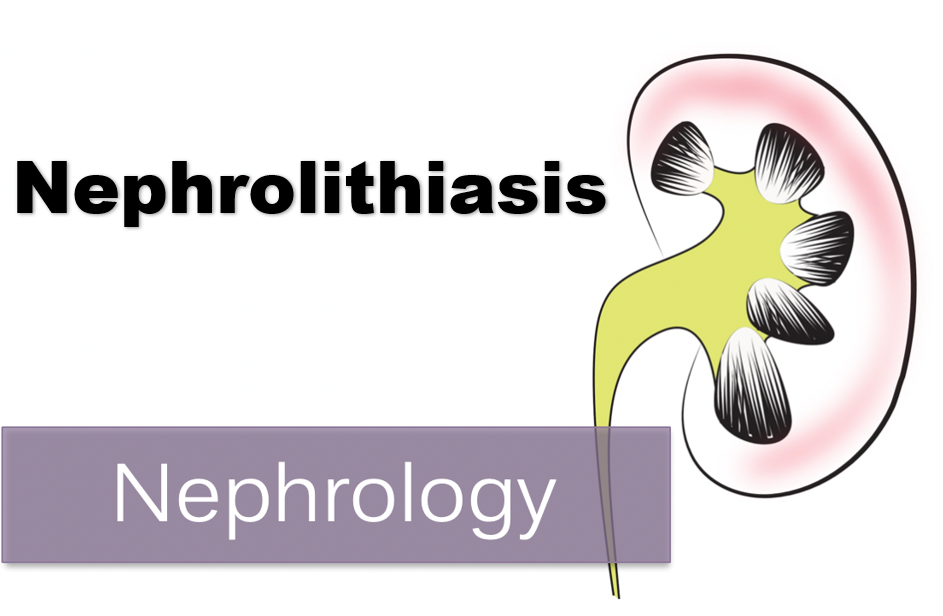





























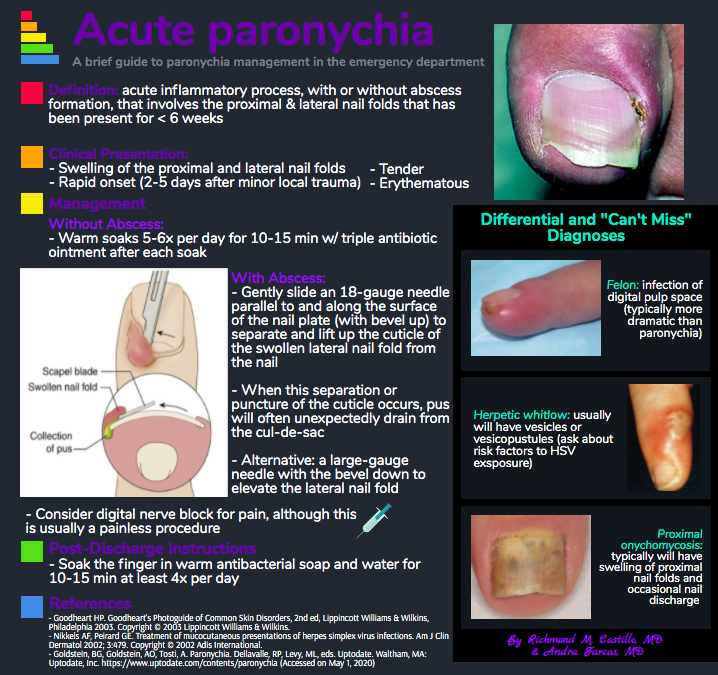

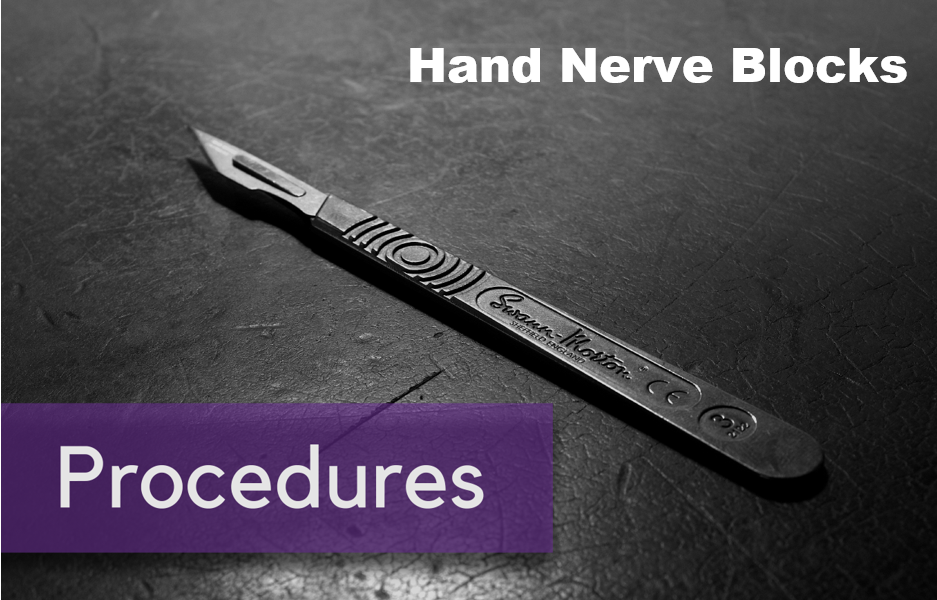








![Figure 1: Structural Anatomy of the Knee [5]](https://images.squarespace-cdn.com/content/v1/549b0d5fe4b031a76584e558/1613997183287-ADV18WC2TENS07IAKW85/Picture1.png)
![Figure 2: Neurovascular Anatomy of the Knee [6]](https://images.squarespace-cdn.com/content/v1/549b0d5fe4b031a76584e558/1613997188684-EJ3N1PMXE529KLK8HF5X/Picture2.png)
![Figure 3: Kennedy Classification of knee dislocations with example illustrations [9]](https://images.squarespace-cdn.com/content/v1/549b0d5fe4b031a76584e558/1613997416760-QW0N1ML3ECI1MOFL10CA/Picture3.gif)
![Figure 4: Schenck Classification System with Wascher Modification [2]](https://images.squarespace-cdn.com/content/v1/549b0d5fe4b031a76584e558/1613997441216-A4W0T4WFTEFRW9QKNGF3/Picture4.png)
![Figure 5: Algorithm for the evaluation and management of knee dislocations in the Emergency Department [10]](https://images.squarespace-cdn.com/content/v1/549b0d5fe4b031a76584e558/1613997537110-D0IQVUWEETPIQY53O7BZ/Picture5.png)
![Figure 6: Lateral knee dislocation [12]](https://images.squarespace-cdn.com/content/v1/549b0d5fe4b031a76584e558/1613998385205-AVMREK6NR6X9OK4U3NE3/Picture6.jpg)
![Figure 6: Posterior knee dislocation [13]](https://images.squarespace-cdn.com/content/v1/549b0d5fe4b031a76584e558/1613998412027-J92I2QTYDUU7MMPFLGWZ/Picture7.jpg)
![Figure 7: Segond fracture with red circle showing lateral tibial plateau avulsion fracture [14]](https://images.squarespace-cdn.com/content/v1/549b0d5fe4b031a76584e558/1613998585798-OB51SEXPTLTH98ZZHJDT/Picture8.jpg)
![FIgure 7: Fibular head avulsion fracture with white arrow showing avulsed fragment [15]](https://images.squarespace-cdn.com/content/v1/549b0d5fe4b031a76584e558/1613998622903-ZZWVB1KHKD3VLOPTOSDD/Picture9.jpg)
![Figure 8: Technique for reduction of knee dislocation [20]](https://images.squarespace-cdn.com/content/v1/549b0d5fe4b031a76584e558/1613998715615-OCFRYK6BGVNV5R1IX9FK/Picture10.jpg)
![Figure 9: Ankle brachial Index [18]](https://images.squarespace-cdn.com/content/v1/549b0d5fe4b031a76584e558/1613998836971-HGC56BHGLWIPTADPOLTU/Picture11.png)

